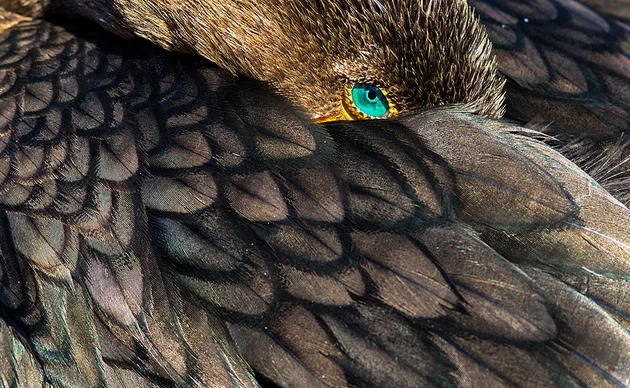What do you do when local kids don't want to visit a nearby forest because they think they’ll run into lions and tigers?
“You take them anyway,” says Aiken environmental educator Beth Eberhard. “And show them ant lions and tiger swallowtail butterflies.”
Obviously these kids had never seen a local forest before. But now they’re part of a program that allows 2,000 elementary school students each year to use Audubon South Carolina’s Silver Bluff Sanctuary as an outdoor classroom.
Learning STEM Outdoors
Exploring Silver Bluff, kids often grasp their “STEM” lessons (science, technology, engineering, and math) much more easily than they do indoors.
On any given day, one group of students might examine tiny pond creatures under a microscope. Another group might follow a fox or a coyote’s track, discovering how it survives in the wild. A third group might build a model of the local watershed, learning how they can keep local streams and rivers clean and healthy.
Their teachers, Beth Eberhard and Susanne Kneece, work for the Ruth Patrick Science Education Center at USC-Aiken, where their salaries are paid in part by Audubon South Carolina. Audubon also supports the cost of the Silver Bluff trips, giving local schools and children’s families a break.
Wildlife Goes to School
In addition, Audubon is spearheading creation of a new wildlife garden at a local elementary school, East Aiken School of the Arts. Set in an unused courtyard, the garden will bring birds and other wildlife virtually into the classroom.
“We’re so excited,” says Lisa Fallaw, the school's principal. “The garden is an authentic, hands-on way for our students to learn about the life cycles of plants and animals, and how to care for and protect the environment.”
When the wildlife garden began, the school’s courtyard was just a weedy lawn with two small, non-native trees — not terribly friendly to wildlife. So plastic sheeting was laid down to “cook” away the lawn. Then the soil was prepared, and a walkway, irrigation pipes, and red oak mulch were added.
The next step was to transplant native trees and shrubs from Silver Bluff into the courtyard. Native plants (plants that come from this part of the world) provide just the right smorgasbord of insects, flowers, and berries to help birds, bats, bees, butterflies, and other threatened creatures survive.
“The courtyard project is so important,” says educator Beth Eberhard. “Kids who think nature is a rare treat — kids whose whole world is asphalt and screen-time — will soon have daily access to wildlife.”
A Community Affair
So far, East Aiken’s new garden has relied on the skills and labor of volunteers from Audubon’s Augusta-Aiken Chapter, the Aiken Master Gardeners Association, and the Grovetown Troop 108 of the Georgia-Carolina District of Boy Scouts. Funding for the project came from the local Audubon chapter, the Aiken Master Gardeners Association, and Lisa Fallaw, Principal of the East Aiken school.
Previous contributions from the Audubon chapter sent students to Hitchcock Woods for field trips — introducing them to ant lions and tiger-striped butterflies.
“Birds, butterflies, and other wildlife are in deep trouble worldwide,” says Audubon director Sharon Richardson. “But here in Aiken, thanks to the commitment of community groups, kids are learning to care for the planet that sustains us all.”




